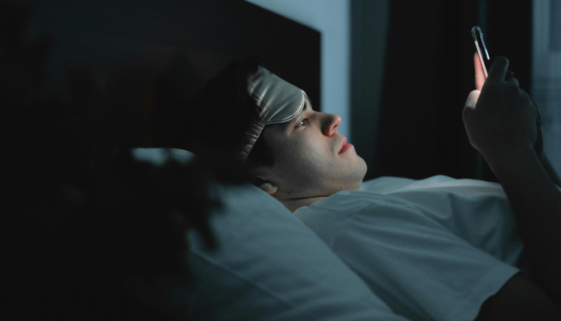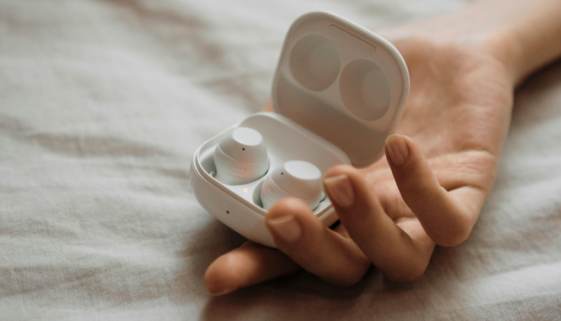Bedroom Makeover Tips for Deeper Sleep: Small Changes, Big Impact
If you’ve tried all the sleep hacks—melatonin, white noise, chamomile tea—but still wake up groggy, it might be time to look at your environment. Because […]

If you’ve tried all the sleep hacks—melatonin, white noise, chamomile tea—but still wake up groggy, it might be time to look at your environment. Because […]

You go to bed at a decent hour, avoid caffeine in the evening, and maybe even use a white noise machine. So why are you […]

If you’ve ever felt soothed by ocean waves, calmed by rain sounds, or more productive with background music, you’ve already experienced the power of sound […]

If you’ve ever scrolled late into the night only to wake up groggy, you know how much your nighttime habits impact your overall health. But […]